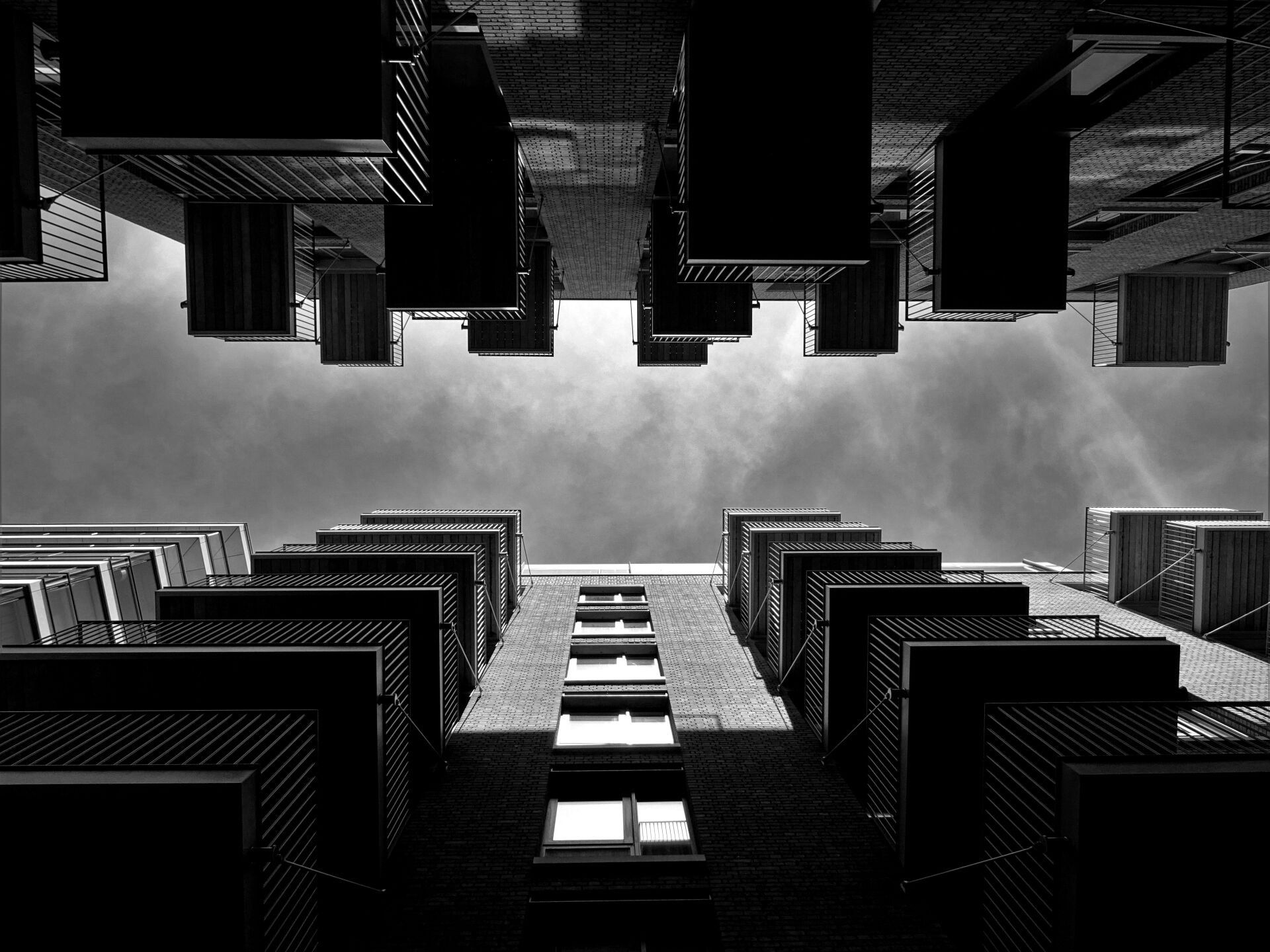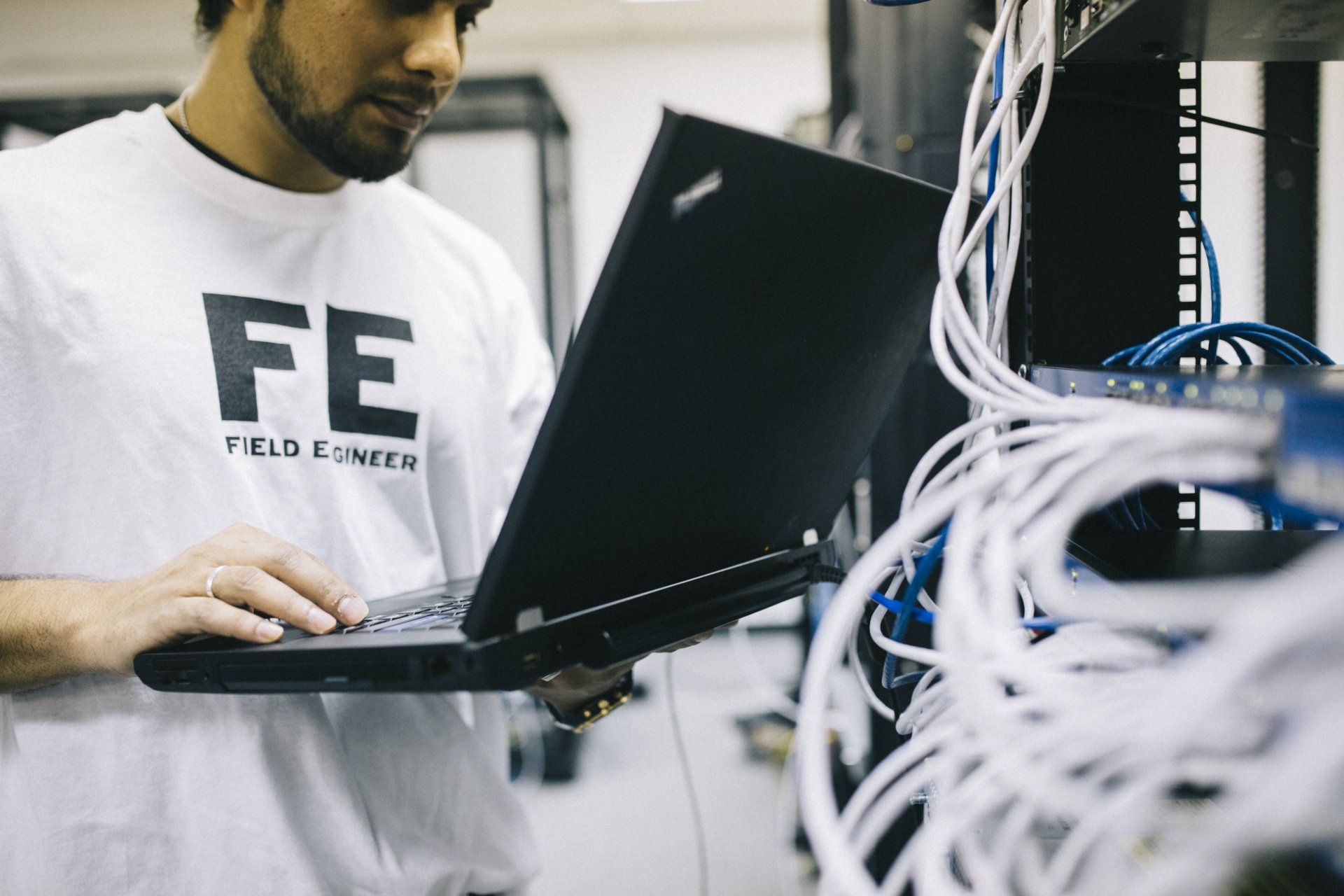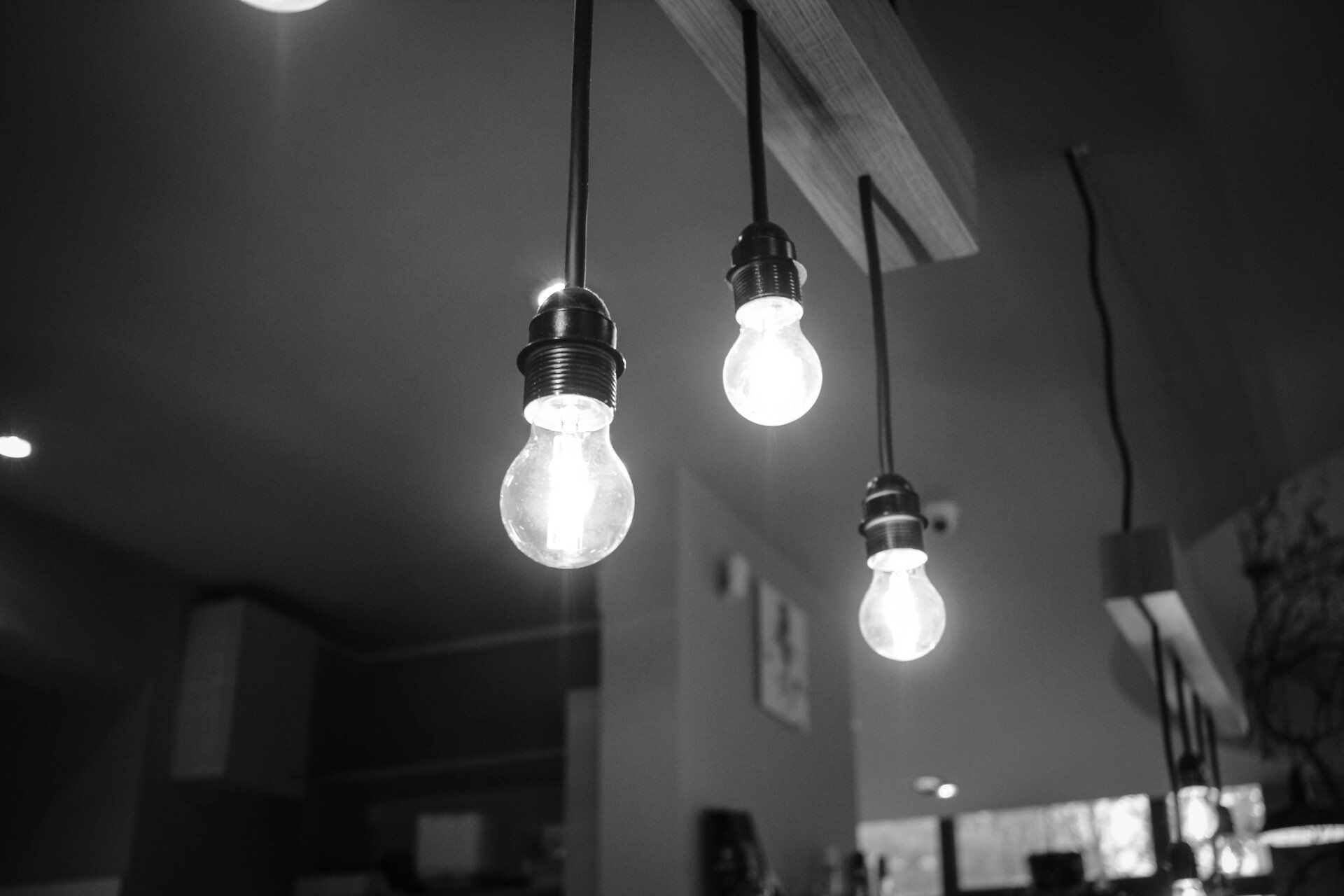Get in touch
843-7908929
info@uslightingsystems.com
Essential Lighting Insights for
Industrial Facility Managers in 2024
In 2024, an industrial facility manager needs to be knowledgeable about several key aspects of lighting systems to ensure efficiency, cost-effectiveness, and compliance with modern standards. Here are the 8 critical areas to consider:
1.Energy Efficiency and Sustainability
-LED Lighting: LED lights are the standard for energy efficiency and longevity. Understanding the benefits and proper implementation of LED systems is essential.
-Smart Lighting Systems: These systems use sensors and IoT technology to adjust lighting based on occupancy and natural light, reducing energy consumption.
-Energy Audits: Regular audits can identify areas for improvement and potential cost savings in lighting.
2. Regulations and Compliance
- Building Codes and Standards: Stay updated on national and local regulations regarding lighting, including energy efficiency standards like those from the Department of Energy or the International Energy Conservation Code (IECC).
- Safety Standards: Ensure lighting systems meet OSHA and other relevant safety standards to provide a safe working environment.
3. Cost Management
- Initial Investment vs. Long-term Savings: Understand the trade-offs between upfront costs of advanced lighting systems and the long-term savings in energy and maintenance.
- Incentives and Rebates: Be aware of government or utility company programs offering rebates or incentives for energy-efficient lighting upgrades.
4. Technology Integration
- Smart Lighting Controls: Familiarity with control systems that use artificial intelligence and machine learning to optimize lighting usage.
- Integration with Building Management Systems (BMS) :Ensure lighting systems can integrate with other building systems for centralized control and monitoring.
5. Maintenance and Reliability
- Durability: Choose lighting solutions with high durability and low maintenance requirements.
- Predictive Maintenance:,Use data analytics to predict when maintenance is needed before failures occur.
6. Human Factors and Ergonomics
- Light Quality: Ensure the lighting provides adequate brightness without glare and has a suitable color temperature for the industrial environment.
- Employee Well-being: Proper lighting can improve employee productivity, reduce fatigue, and enhance overall well-being.
7. Environmental Impact
- Sustainable Practices: Implement lighting solutions that minimize environmental impact, such as using recyclable materials and reducing carbon footprint.
- End-of-life Disposal: Have a plan for the proper disposal or recycling of lighting components.
8. Emerging Trends
-Wireless Lighting Systems: Understand the advantages and applications of wireless systems for flexible and scalable lighting solutions.
-Advanced Control Features: Keep up with features like color tuning, daylight harvesting, and circadian lighting, which can improve the work environment.
By staying informed about these aspects, an industrial facility manager can ensure the lighting system is efficient, cost-effective, and conducive to a safe and productive working environment.
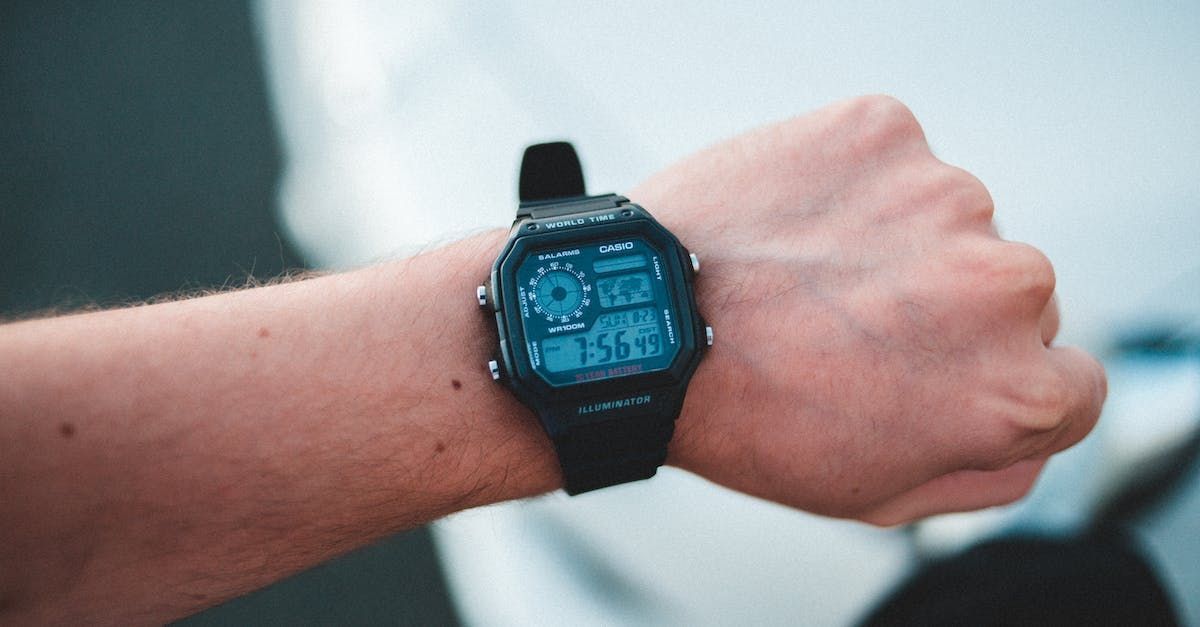





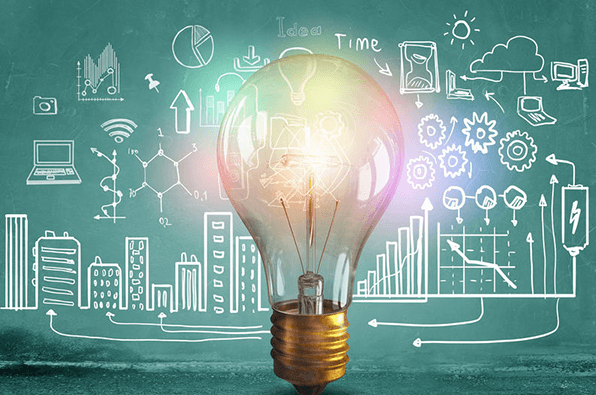

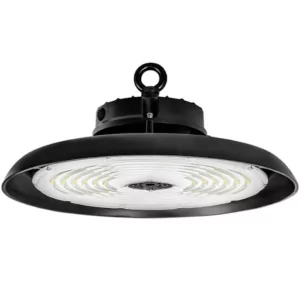
Email us
info@uslightingsystems.com
Subscribe to our email journal
Contact Us
We will get back to you as soon as possible.
Please try again later.
All Rights Reserved | US Lighting Systems Atlanta GA Chapter





